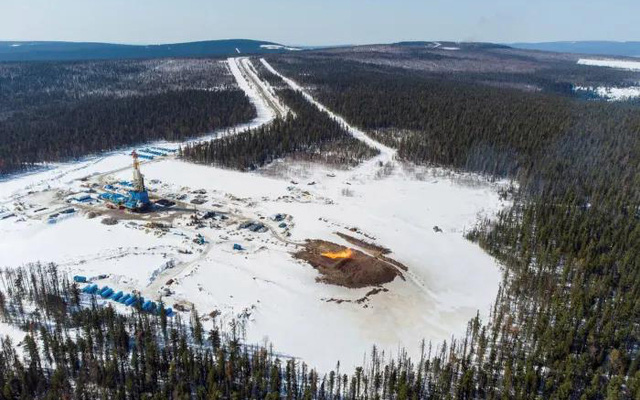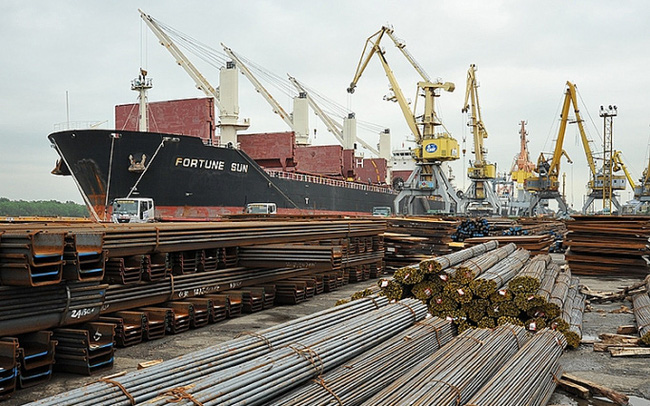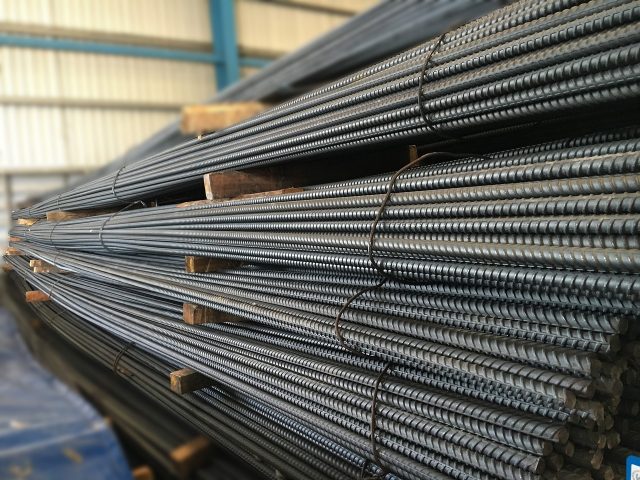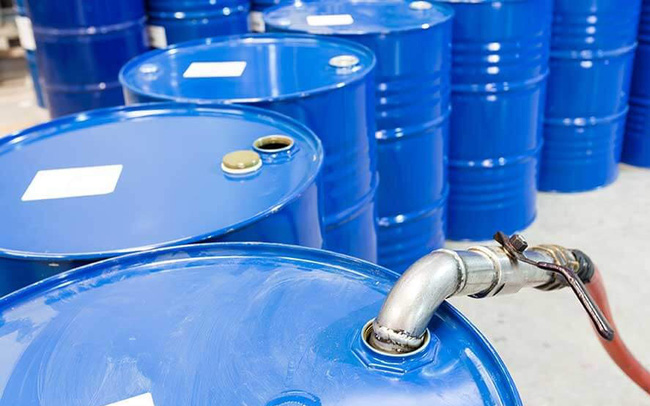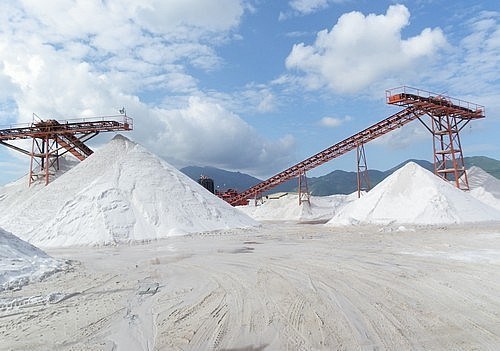Unprecedented energy costs driven by Europe’s push to reduce dependence on Russian gas are starting to weigh on the steel industry.
China’s blockade, overseas demand is low
The fluctuating steel prices indicate a decline in consumption in Europe and the ongoing Covid-19 lockdowns across China. China’s latest anti-Covid-19 measures have caused industrial output to fall by 2.9% year-on-year.
At the same time, reports indicated that retail sales fell 11.1%. According to Trading Economics, the futures price of rebar in China on May 25 was 4,601 yuan/ton ($691/ton), down 1.5% from the previous day. Since May 5, the price of this face has continuously gone down (a total decrease of 12%).
 Futures price of rebar in China. (Trading Economics)
Futures price of rebar in China. (Trading Economics)
According to Sunsirs, the spot price of hot rolled coil in China on May 24 was 4,796 yuan/ton ($720/ton), down 1.1% from the previous day.
Spot rebar fell 0.8% to 4,727 yuan/ton ($710/ton). The two types of cold-rolled coil and the letter I remained unchanged from the previous day and traded at 5,430 yuan/ton ($816/ton) and 5,083 yuan/ton ($763/ton).
One trader told MetalMiner: “The cost of energy is taking a toll on everyone and everyone involved. Energy bills are very challenging right now.”
“The whole world wants to buy, sell and exchange with Europe. However, with inflation reaching record highs and unending conflict in Ukraine, the market is still not stable,” this person added.
Another trader pointed out that the Northern Hemisphere summer break (usually in June, July and August) also means lower construction activity resulting in lower demand. This will certainly put more downward pressure on steel prices in the world.
Russia conflict, sanctions and ruble
Uncertainty over whether Russia will cut off gas supplies to the EU due to European Commission sanctions has created volatility in prices. This is because steelmakers can rely on natural gas to smelt iron in blast furnaces as well as steel in electric arc furnaces.
In 2021, the European Union imported up to 155 billion cubic meters of natural gas from Russia. This amount of gas accounts for about 45% of total imports and nearly 40% of total gas consumption.
Another factor contributing to the ongoing volatility is the possibility that buyers may refuse to pay for Russian gas in rubles. At the end of March, Russian President Vladimir Putin issued a decree stating that “unfriendly countries” must pay for gas delivered from April onwards in rubles, setting up a ruble account at the bank. Gazbrombank or Russia will stop supplying gas.
Russia requires “unfriendly” countries to pay for gas delivered from April onwards in rubles.
If such payments are not made, Russia will consider this a non-fulfillment of obligations on the part of the buyer, with all subsequent consequences, Putin stressed. “No one is selling us anything for free, and we are not going to give it to charity. It means that the existing contracts will be stopped,” the Russian president affirmed.
In fact, Russia cut off gas supplies to Poland and Bulgaria because both refused to demand payment in rubles. This immediately raised concerns about what might happen if other countries followed suit.
The European Commission, the executive body of the European Union, later restricted its stance against Russian gas buyers opening accounts at Gazprombank. They even claim that buyers can pay in dollars or euros. However, the organization ‘discourages’ operators from opening a second account in ruble-based payments.
Steel prices and gas prices are closely related
In a steel mill, natural gas is a very important ingredient, without which it would be difficult to carry out some of the steelmaking and secondary processes. Even natural gas sometimes saves steelmakers in emergency situations.
In the steelmaking process, natural gas has long been the main source of heat for smelting cast iron into steel. It is this fuel that supports the combustion process in open-air furnaces. However, after steelmakers worldwide switched to using basic oxygen furnaces and electric arc furnaces, natural gas consumption in this smelting process dropped sharply.
However, the role of gas in the steel production process at European factories is still extremely important. Especially in the period when Europe wants to reduce its energy dependence on Russia, at the same time, the problem of inflation is increasing.
On April 29, the European Statistics Office reported that the inflation outlook for the month was 7.5% year-on-year in the 19 states that used the euro as their currency. The organization also notes that energy is likely to have the highest annualized rate in that outlook at 38%.
Of course, the EU has been trying to reduce Russia’s dependence on oil and gas since the Russia-Ukraine conflict broke out in February. So far, Europe has increased production of renewable energy products. generation, reducing energy consumption and diversifying sources of supply.
However, many industry watchers are skeptical that Europe will be able to achieve that goal. “How will Europe withdraw from Russian gas?” asked an analyst. “I simply don’t see the possibility that they can get away with it entirely.”
One option for some steel mills is to use gas from the coking furnace to fuel the blast furnaces. However, the results will be inconsistent as not all steel mills are equipped with the same.
One source noted that the EU could reduce its dependence on Russian gas by clinging to Africa’s ‘lifesaver’. However, the EU will have to invest more time and money to overcome weak infrastructure, as well as overcome security obstacles and instability in the region.
“Europe’s attempt to diversify its gas demand and break away from Russia’s energy dependence is difficult, but the EU is grasping the last lifeline,” said Dr. Mamdouh G. Salameh at the European Business School. Europe ESCP in London UK said. “The EU can gradually reduce its dependence on Russian gas for 10-15 years, after which Africa can become a potential alternative source.”
The importance of gas in the steel industry is decreasing year by year. This is mainly due to the introduction of new resource-saving technological methods. In the near future, the industry will be less dependent on this fuel.
Perhaps, in the distant future, gas pipelines at mining and metallurgical enterprises will become nothing more than a safety net in emergencies, or otherwise become exhibits in the future. the museum is reminiscent of a bygone era.
T&G Import-Export Joint Stock Company
Address: 352 Hue Street, Le Dai Hanh Ward, Hai Ba Trung District, Hanoi
Hotline: 02473010868
Email: hrm@tginterjsc.com
Website: http://tgimportexport.co





